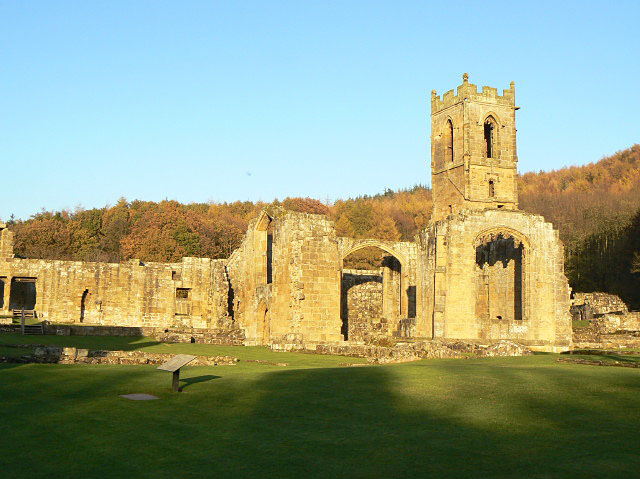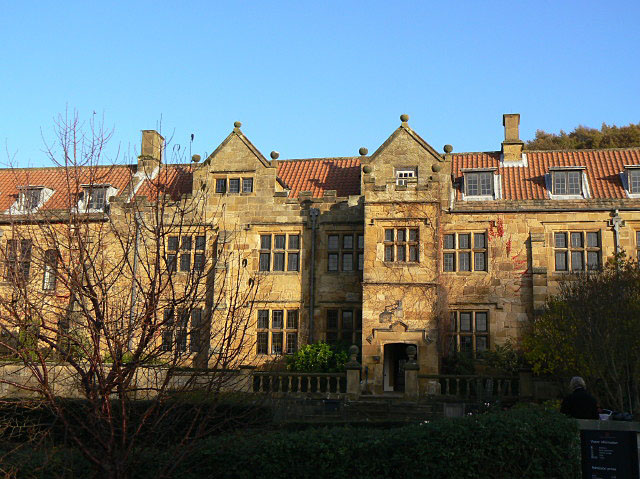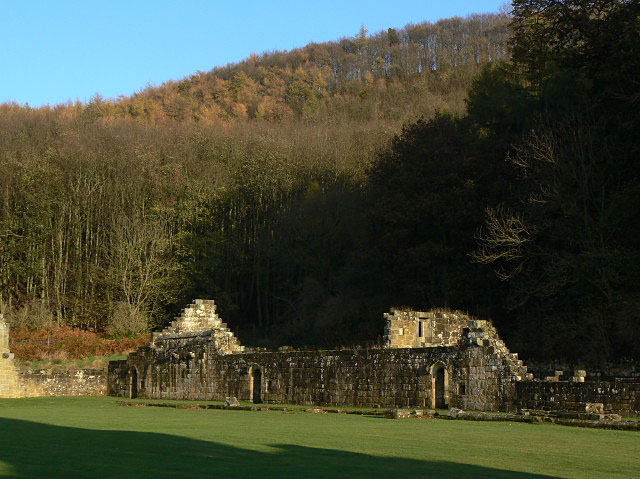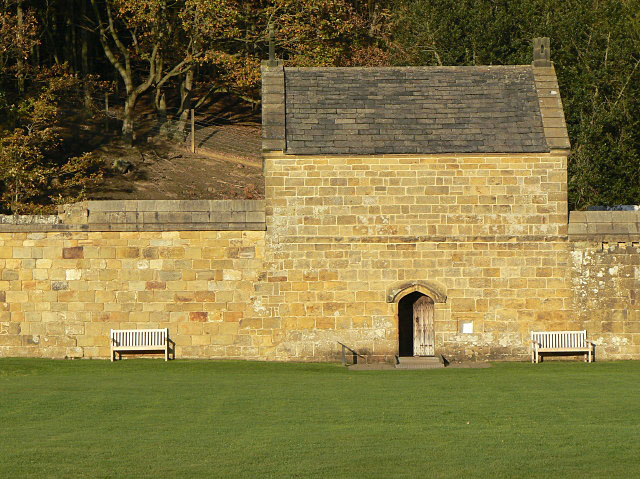Mount Grace Priory Walks
![]()
![]() This walk visits one of Yorkshire's most interesting historical sites at Mount Grace Priory.
This walk visits one of Yorkshire's most interesting historical sites at Mount Grace Priory.
The English Heritage owned site is England's most important Carthusian ruin. It dates from the 14th century and includes atmospheric priory ruins, woodland trails and lovely gardens.
The route starts in the good sized car park where you can pick up the footpaths around the site. After exploring the ruins you can then enjoy a walk through Mount Grace Wood and down to the 14th century Lady Chapel. Christians have visited this small church, for centuries and continue the tradition through an annual pilgrimage every summer on the Sunday nearest the Feast of the Assumption on the 15th August. From this peaceful spot there are also excellent views over the Cleveland Plain.
The route then heads along Quarry Lane to visit the pretty Cod Beck Reservoir where there is a nice trail along the water. After passing the reservoir you head west towards Swinestye Hill where you can pick up the Cleveland Way National Trail. Follow the waymarked path west and it will take you back to the priory.
Postcode
DL6 3JG - Please note: Postcode may be approximate for some rural locationsPlease click here for more information
Mount Grace Priory Ordnance Survey Map  - view and print off detailed OS map
- view and print off detailed OS map
Mount Grace Priory Open Street Map  - view and print off detailed map
- view and print off detailed map
Mount Grace Priory OS Map  - Mobile GPS OS Map with Location tracking
- Mobile GPS OS Map with Location tracking
Mount Grace Priory Open Street Map  - Mobile GPS Map with Location tracking
- Mobile GPS Map with Location tracking
Pubs/Cafes
The on site Orchard Cafe serves a good range of meals and snacks. They've got covered seating and a picnic area when you can relax outside and enjoy fine views when the weather is good.
Further Information and Other Local Ideas
The circular Swainby Walk and Osmotherley Walk both visit the priory from the nearby villages.
For more walking ideas in the area see the North York Moors Walks page.
Cycle Routes and Walking Routes Nearby
Photos
Mount Grace Charterhouse. The western range of the Great Court. Here can be seen the extent of the area allotted to each monk. The dwelling would stand against the tall part of the wall, taking up about 1/5th to 1/4 of the total space. The remainder, primarily the wide stretch on the left hand side, was the garden.
This was the old abbey guesthouse and remained in use after the monastery was closed, with improvements being made in the 17th century.
The Great Court, east wall, showing the entrances to three cells. This view shows how the site nestles under the edge of the Moors.
One cell was rebuilt by the owner of the site in the late 19th century. Although much of the timber has been replaced by English Heritage, the original restoration appears to have been soundly based.







